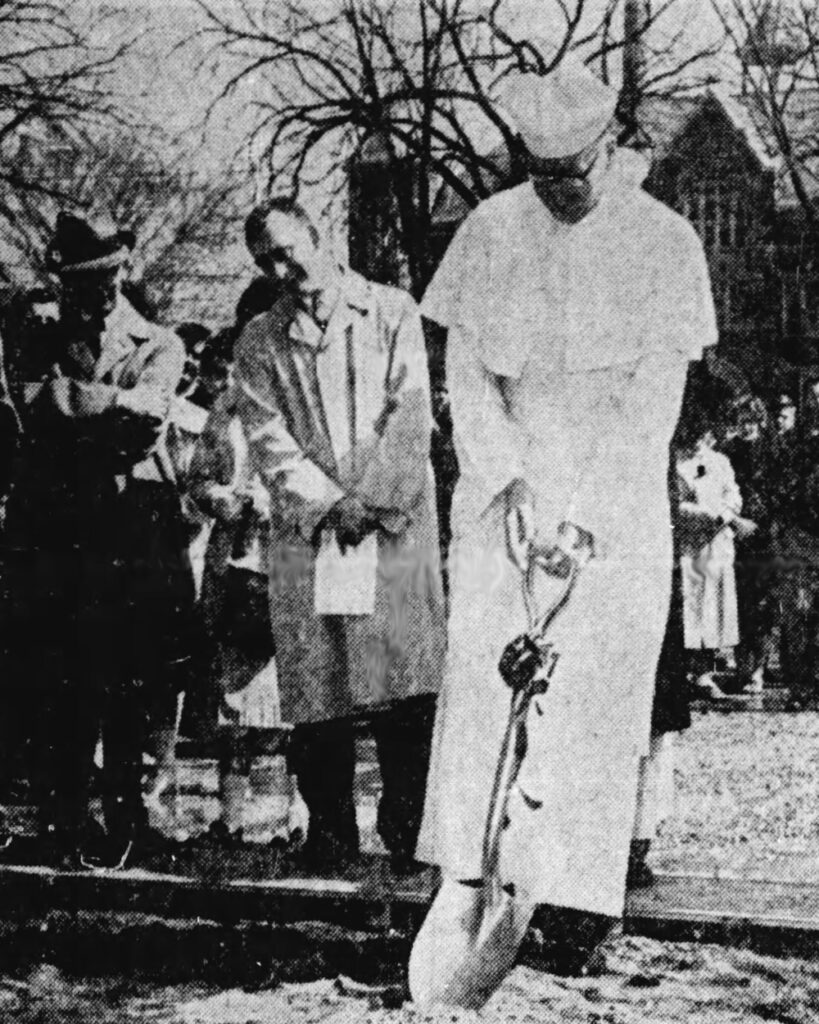
By Kris Leonhardt
Editor-in-chief
Continued from previous week
After World War II, enrollments made a large increase.
In 1952, the college became coeducational under the leadership of Abbot Bernard Pennings, who continued in this role until his retirement in 1955.
By 1955, enrollment had fallen to 693, but rebounded to 874 the following year — an increase of more than 20% over the previous year — making it one of the largest small colleges in the state.
About 70% of the student body came from within 70 miles of De Pere.
By this time, the college had spent $1,487,000 in new facilities and resources to keep up with expansion and changing times, including a new Hall of Fine Arts, but more was needed.
A development campaign was launched.
“Without our substantial financial investment in its future, the college cannot hope to continue serving the growing numbers of our youths who seek admission. There is a limit to what we can ask without expecting to give in return,” said campaign chair, W. Heraly MacDonald.
“I, for one, believe we have reached the point where it becomes our obligation to support the St. Norbert Development Program to the limit of our abilities.”
The campaign was asking for $4,208, 000 over a 10-year period to address the growing population the college served.
Funding would be used to address faculty funding, a library and classroom expansion, a scholarship and lending fund, a science building and a student union.
By Dec. 10, 1959, the campaign reached $1.2 million and college officials started making plans for a student union, library and classroom expansions, as well as putting some of the funding toward faculty.
Ground was broken in December 1960 for the student union, which opened in October 1961, and was deemed the “living room of the campus.”
In May 1961, the college was still looking for $100,000 to construct a science hall, which would be the final project in what was considered the “first phase.”
Using the theme “St. Norbert will be ready,” over 100 volunteers began soliciting funds.
In 1963, new cornerstones were laid for two residence halls on the campus — one for 232 men and one for 176 women — made possible through a long-term federal loan from the Housing and Home Finance Agency.
During the ceremony, St. Norbert President Rev. D. M. Burke noted the significance of the new residence hall specifically for women.
“St. Norbert College has come into its own in its effort to afford equal educational opportunities to women,” he stated.
By adding the new residence, it allowed women from outside the area to take advantage of the education there.
By early 1967, a $2.8 million science building was under construction to provide labs and research areas and classrooms for biology, botany, chemistry, math, physics and zoology.
The structure would be the largest building on campus to date.
Continued in next week’s edition
